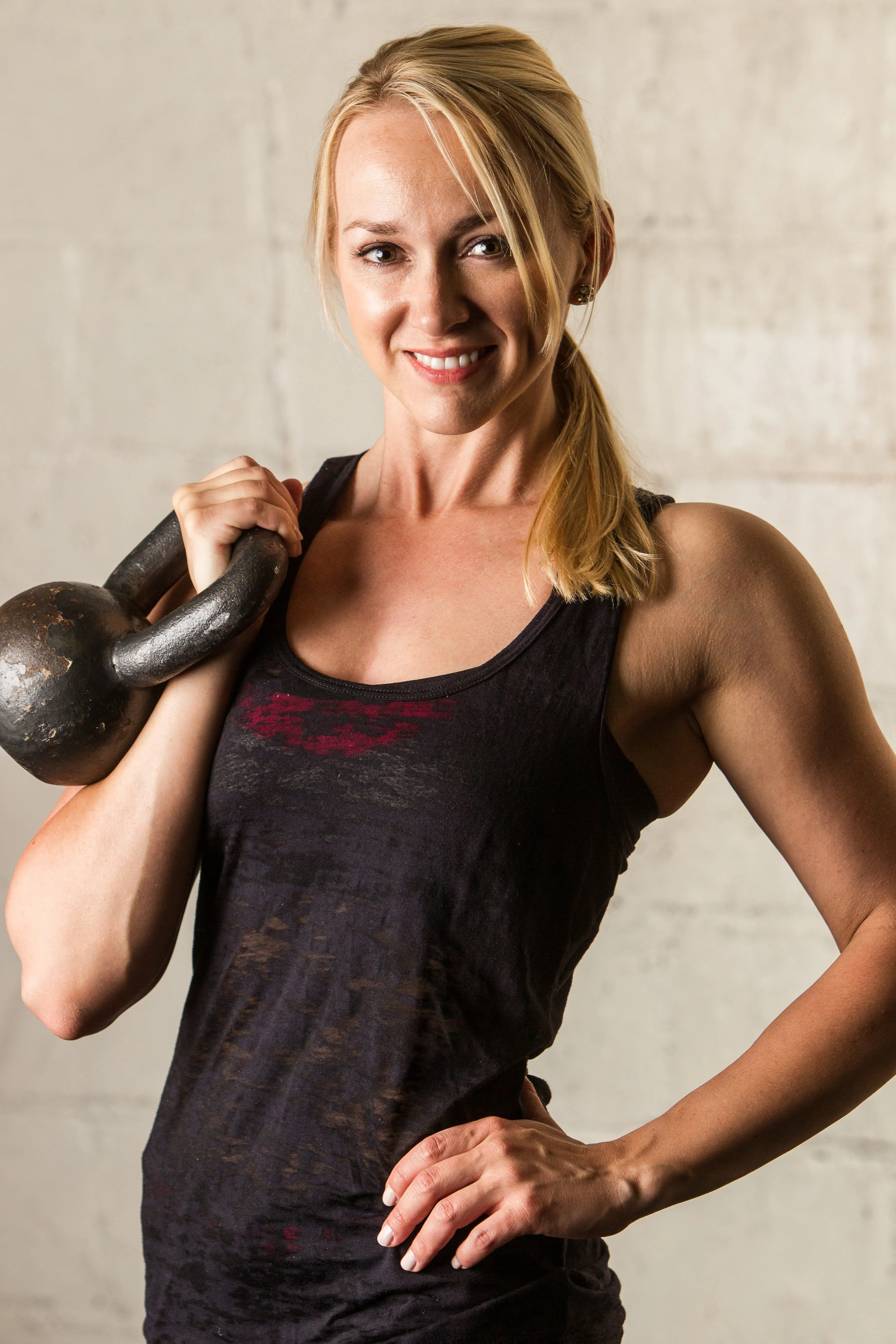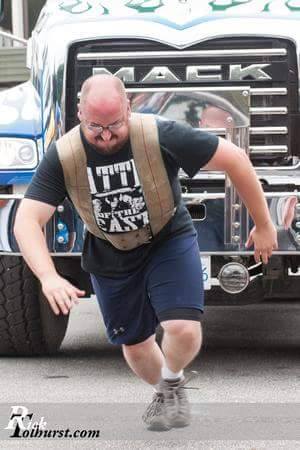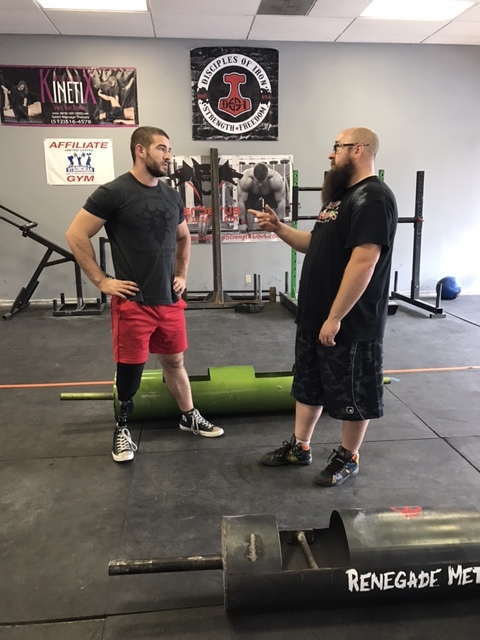In case you were wondering if this is a good time to begin lifting weights: any time is a good time to begin lifting weights! You are not too old, and you are not too weak, you are not too busy.
Lifting weights truly can change your life! It is like a cheat code – if you are stronger, everything feels easier. If you are healthier, the good times feel great. You don’t have to be strong to start, and you don’t have to want to be a bodybuilder or meathead.
- increases in strength, which apply to all activities of daily living such as walking up stairs or carrying a kid around, or doing yard work
- increases in bone density, which are especially important for women, fair skinned, and thin individuals
- improvements in mental health, stress reduction, and confidence
- reduction in all-cause mortality from 30-60 minutes of muscle strengthening a week
Additionally, there are many ways to practice resistance training: lifting weights with free weights, kettlebells, dumbbells, or using band resistance or even bodyweight exercises. All of this is lifting. You can do this at the gym or at home.
Related: learn how to overcome gym intimidation. Short term mindset shifts for long term confidence.
I recommend going to your doctor to get a baseline physical before you begin. From there, remember: you can lift weights!

What Do You Need to Start Lifting Weights
The great thing about lifting weights is that you can begin with very little. You can start at home with bodyweight exercises. If it suits you, you can start at the gym with machines and free weights. The gym is for beginners and advanced lifters alike, and so are all the means by which you can lift: bodyweight exercises, bands, machines or dumbbells. Any of these methods of training can increase strength.
If you enjoy lifting at home, you can lift at home as long as you’d like. The options for home gym builds these days are amazing, from basic and utilitarian to truly incredible training facilities. Check out Garage Gym Reviews for inspiration and information about how to build the perfect home gym for you. It’s very fun to have training equipment at home, but it’s not a necessity. Many of my clients prefer to keep their home home, and commute to the gym.
A word of warning: a home gym won’t save you money. There’s a good chance you’ll get hooked, and you’ll want one more barbell, then a few more weights, then that fun new accessory, and then a garage renovation to house it all. Don’t say I didn’t warn ya!
The most important thing to remember is that you start where you start. It is relative to where you are in your fitness and strength levels. Start with an appropriate amount of weight, like Goldilocks (not too much, not too little). Actually, err on the side of too light. Rest, repeat, and add a bit of a challenge next time.
Beginners Weight Lifting Tips
In the next section, I’ll give you concrete starting points, such as what exercises to learn for a solid foundation of good form. Remember mindset is very important too, so keep these quick tips in mind as you begin your weight lifting career. (Note that when I say weight lifter, I am referring to one who lifts weights, not only one who competes in the sport of weightlifting.)
- Just do it! Just get started! Even if you are a bit apprehensive, confused, or timid. Nobody knows everything, and nobody starts as anything but a beginner. Just do it; trust me, it’ll get better!
- Start light. Whether it is a machine you aren’t familiar with, or free weights that offer a gazillion weight options; start very light. Feel out the movement with the light weight and think about it as you go. Your analysis of the movement will tell you how to proceed as far as adding weights.
- Building off the last point: focus on the feel of the movement and the muscles that you are using. Studying anatomy will help this but is not a prerequisite. Even if you don’t know anatomy, you can learn from your body as you move.
- Identify your sticking point if you are having a hard time moving forward. Is it lack of confidence in you routine? A tight schedule? Need some new equipment? There is an answer to all of those, whether it is working with a training, following a training program to maximize time spent (try a free week on any of my programs here) or hitting up craigslist.com to get you started with equipment.
- Try this to learn more about your shoulders and posture in less than two minutes.
- Remember all the benefits of lifting weights! The health, physique and mental benefits will always work in your favor.
- Back to number 1: just do it!
Get a Trainer
If you do your due diligence, you can find a professional trainer who truly views this industry as a profession. This means he or she will teach you well, help you move quickly and not waste time, prevent injury as much as possible, and write a specific program for what you are working for.
A trainer can help you find modifications so exercises fit your body best, help you work through your sticking points, and even help build your confidence and keep you accountable.
It is my goal to educate my clients as we go so they can be independent. I don’t ever want to quit working with my clients, but I always want them to have a plan and the ability to do it on their own. Often, people need just a few months to get their feet under them and have all the tools to proceed independently. In that case, I’m happy happy to hear their progress reports as they break off onto their own.
Form
Study form as you begin lifting weights. Good form will apply to exercise regardless of what kind of implements, weights, or bodyweight exercises you are utilizing. Good form will allow you to move faster toward your goals, prevent injury, and get the most out of each exercise. Don’t let fear of perfection slow you down, though. There is a wide gray area of safe and acceptable form. Do your best and plan to improve as you go. Remember Tip number 1: just do it!
Beginner Body Weight Exercises
The following exercises are foundational to movement. That means these should be practiced by beginners, and continually utilized through your lifting career. They’ll become easier, but I want you to always practice them deliberately. They’ll become more like warm up and reinforcement work than hard working sets as you progress.
Watch these videos and practice the movements. Please reach out to me if you have questions!
Beginning Resistance Training with Bands
Resistance bands can help you develop strength at different angles. Please be careful to buy good bands, keep them inside, and check frequently for potential tears. Also be certain that your anchor point is secure so that you won’t pop yourself in the microphone you are wearing on your face as you teach a group exercise class in front of 25 sorority girls at LSU circa 2004. Hypothetically, haha, that would be sooo embarrassing.
Beginner Weight Exercises
For a full post about how to do the goblet squat, click here.
Create a Routine
Building exercise into your routine and following a plan will help you maintain your lifting habits. Remember, lifting weights will help you as long as you are able to lift, so find a way to lift for many many years. It is about consistency and progress, not perfection and knowing-it-all. Nobody knows it all, and nobody is perfect at first, if ever. Please don’t let that stop you from getting started on an enjoyable hobby that can save your life!
For an in-depth look at how to find or develop a training plan, read here.
Begin Lifting Weights Today!
Lifting weights can make your life better almost immediately, with very little cost or equipment necessary to begin. I hope you try some of these exercises linked above and begin your strength journey. I wish you the best of luck, and invite you to please email me kathryn@kathrynalexander.com with questions, progress updates, and my favorite, your wins! Happy lifting!

About the author
Kathryn Alexander is a strength coach and personal trainer in Austin, Texas. She loves hiking, college football, and the feel of a perfectly knurled barbell. Read more about Kathryn here.

















